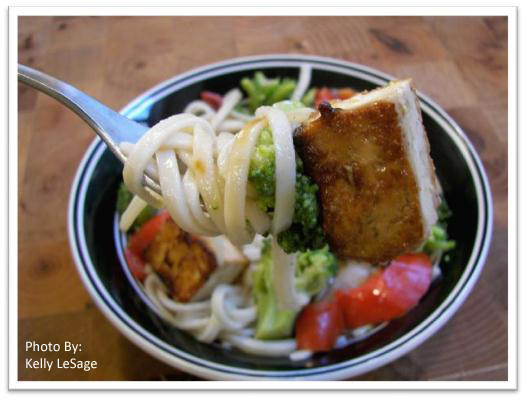 Tofu can be a great addition to your protein rotation. I love tofu! I've been eating it for almost 20 years and have tried it almost any way you could think of. I am always amazed when people turn up their nose at tofu, and they’ve never even tried it! Or maybe they tried it once, poorly prepared, and tasteless. Tofu can actually take on a variety of flavors, and a variety of textures. Tofu is not just for vegetarians and vegans!
Tofu can be a great addition to your protein rotation. I love tofu! I've been eating it for almost 20 years and have tried it almost any way you could think of. I am always amazed when people turn up their nose at tofu, and they’ve never even tried it! Or maybe they tried it once, poorly prepared, and tasteless. Tofu can actually take on a variety of flavors, and a variety of textures. Tofu is not just for vegetarians and vegans!
Let’s start with what tofu actually is. Tofu is made by adding a coagulant (typically a salt or an acid) to heated soy milk, which causes the proteins to bind together and form a solid. Just like how you make fresh ricotta cheese from milk and lemon juice (the acid).
There are a few main varieties of tofu:
- Silken Tofu: You will find this type of tofu on the shelf in aseptic packages. It is very different than regular Firm or Extra Firm tofu sold in water. Silken tofu has a creamy, pudding like consistency, so it is best used in recipes where you puree it with other ingredients, like creamy sauces, dressings, dips, smoothies, soups, or desserts like pudding or "cream" pies.
- Firm or Extra Firm (packed in water): This type of tofu will be sold in the refrigerated section of the store. This tofu is best after it’s been pressed (see below) and marinated. It can be used in many different dishes, cubed or sliced and fried, baked, broiled, grilled, or mashed - you can make a “ricotta” for stuffed shells or scrambled tofu (one of my favorites!), or a sandwich filler sort of like an egg salad (served on whole grain toast with avocado, YUM!).
- Pre-Cooked: This tofu will also be in the refrigerated section, it’s already been marinated, pressed and cooked. Most of the time all you have to do is eat it. I have tried just about every brand out there, and while they are convenient and most are pretty good they still aren’t as good as when you make it yourself, and they tend to be very salty
What to Do With Your Tofu
Unfortunately I’ve seen lots of recipes that just call for "tofu," without telling you what type to get. If you have never worked with tofu before, this can be a big problem, and a potential recipe disaster. Hopefully you are a little more informed now about the types, but experimenting with recipes will be the best teacher. The more you cook (and try new recipes), the better you get.
Pressed Tofu
If you are using Firm or Extra Firm tofu in just about any recipe (maybe not the mashed ones), you WILL want to press it first. This is a very important step!
- How to Press Tofu:
Open the package and drain out the water (you can gently squeeze the tofu a bit too- just be careful not to mash it). Cut lengthwise from the side to create two thinner slices or slice from the top to make 6 or 8 even sized slices. Lay the slices side by side and wrap them in paper towels or tea towels, then in a kitchen towel. Place the wrapped tofu on a flat surface (like your counter) and place something heavy on top (big book, a cast iron skillet, cutting board with cans on top). Let this sit for 30 minutes to an hour.
Frozen Tofu
Freezing tofu will also change the consistency of the tofu, making it almost spongy. This works well if you’re going to fry it or put in into a soup, though I don’t think it’s completely necessary. However, if the texture of regular tofu bothers you, give it a try.
Caring for Your Tofu
If you are not cooking all the tofu in the package, store it in a re-sealable container, submerged in water. Make sure the tofu is covered completely in water, and change the water daily. The tofu will stay fresh for about a week after opened.
The Controversies of Soy
There are many "healthy" foods out there that aren’t so healthy. Fake meat products are one of them. Many of them are highly processed. Have you ever looked at the ingredients of a Morning Star (owned by Kellogg’s) or Boca (owned by Kraft) product (just to name a few)? Not exactly a whole food so don’t be fooled by the marketing.
Soy Protein Isolate (other names: soy protein concentrate, textured vegetable protein) is the highly processed soy ingredient that you want to limit or stay away from. This form of soy protein is what is found in most "fake meats," protein bars, cereals (that tout "high protein"), etc. You MUST read the ingredients. This is the form of soy that is associated with the negative health benefits.
Whole soy foods like tofu, tempeh, edamame, and soymilk (if made from whole soy beans- read the ingredients!) are good sources of calcium, protein, iron, magnesium, selenium and copper. They are versatile and yummy. These are the types of soy products (miso too) that are associated with the positive health benefits. Now, in and of themselves, they will not magically melt away the pounds, cure every hot flash or perform any other miracles you may have read about on-line, and of course eating too much of anything is not a good idea, so make sure you are eating a variety of whole foods.
One last thing to keep in mind: about 80-90% of the soy crops grown in the U.S. are genetically modified, unless they are labeled certified organic. If you are concerned with GMO’s, this is definitely another reason to pay attention to the labels on food packaging.
Ginger Soy Marinated Tofu
Makes 4 Servings
Recipe From: Vegan Vittles by Joanne Stepaniak
This recipe is great with soba noodles, rice noodles, or brown rice. Mix in some stir fried veggies and it’s a complete meal!
Ingredients
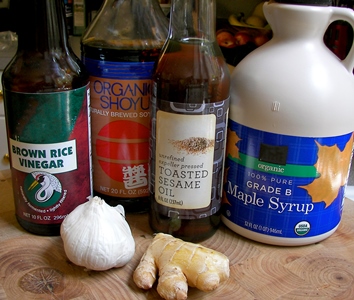
1 pound of regular Extra Firm tofu
2 Tablespoons soy sauce
1 ½ Tablespoons maple syrup
1 Tablespoon brown rice vinegar
1 Tablespoon fresh ginger root, grated
1 Tablespoon toasted sesame oil
2 cloves garlic, minced
1 Tablespoon organic expeller pressed canola oil, or olive oil
*If you like things spicy add a pinch of cayenne or crushed hot red pepper flakes to the marinade.
Directions
1. Drain and press the tofu.
2. Cut the tofu into cubes and place in a wide shallow dish or bowl.
4. Whisk the remaining 6 marinade ingredients together in a small bowl.
5. Pour the marinade over the tofu, turning each piece so it’s well coated. Cover and let the tofu marinade, in the refrigerator, for at least 2 hours (overnight even!). Occasionally turn the tofu.
6. Heat a medium to large skillet over medium heat.
7. Add oil and sauté tofu until browned on all sides.
8. Add your choice of vegetables and a starch and enjoy! I served this with soba noodles and stir fried broccoli. and bell peppers.
Chocolate "Pudding"
Makes 8 Servings
Recipe Adapted From: How It All Vegan by Sarah Kramer and Tanya Barnard
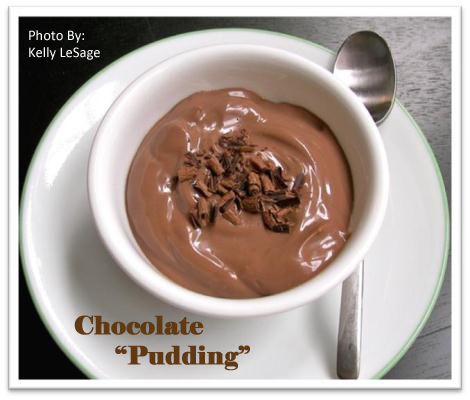 This super yummy recipe is very adaptable; you can try using different oils and different sweeteners to fit your preference.
This super yummy recipe is very adaptable; you can try using different oils and different sweeteners to fit your preference.
Ingredients
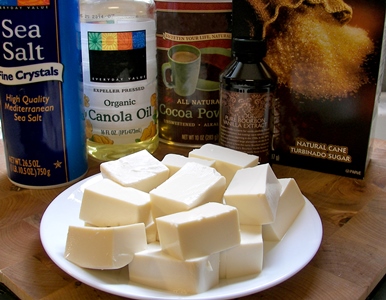
1 package (11-12.3oz) firm silken tofu
¼ cup organic expeller pressed canola oil
½ cup unrefined sugar
4 Tablespoons cocoa powder
¼ teaspoon salt
1 ½ teaspoon vanilla extract
Directions
1. Puree all the ingredients in a food processor or blender until very, very smooth. Be sure to to scrape down the sides a few times to ensure everything is well mixed and completely blended.
2. Place mixture in the refrigerator and let chill for 8 hours.
3. Then serve! Yum!
For a printer-friendly version of these recipes, click here.
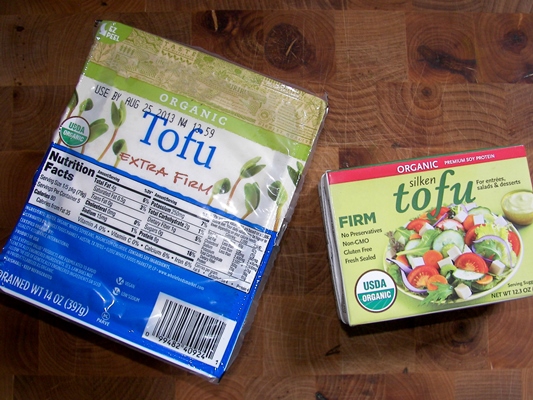
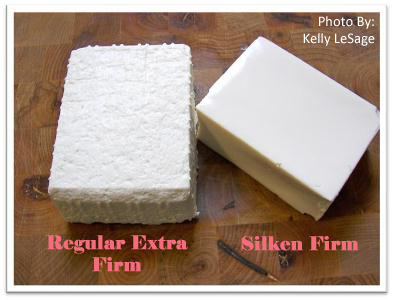
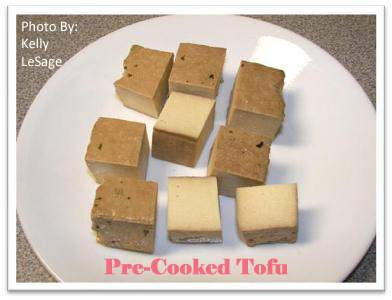
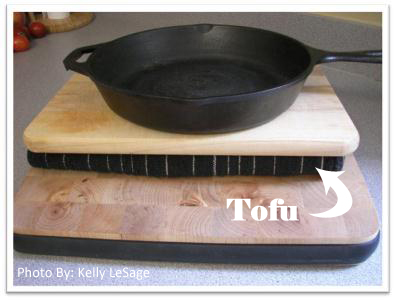
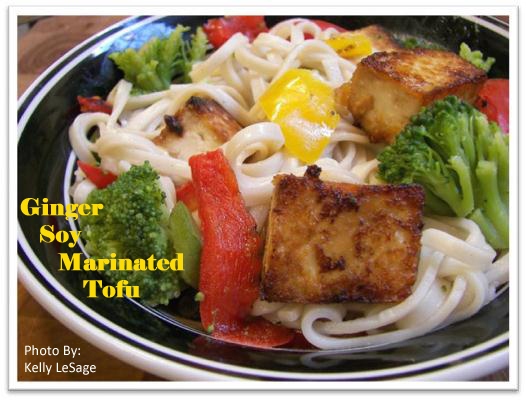
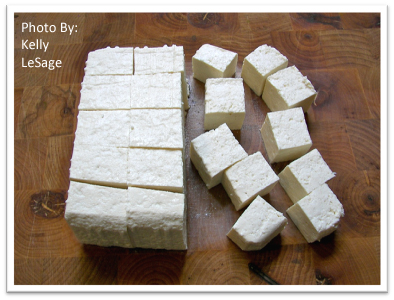
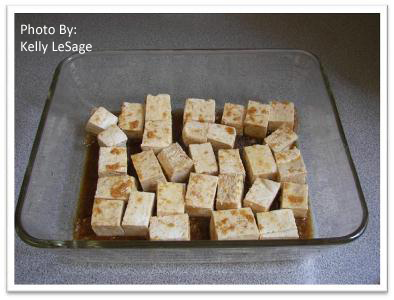
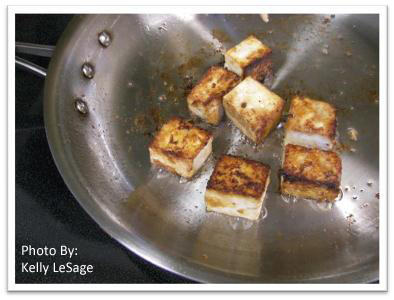
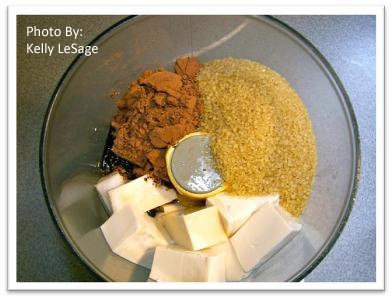



1 Comment
Pingback: Which Nondairy Milk is the Best? - SAS Life